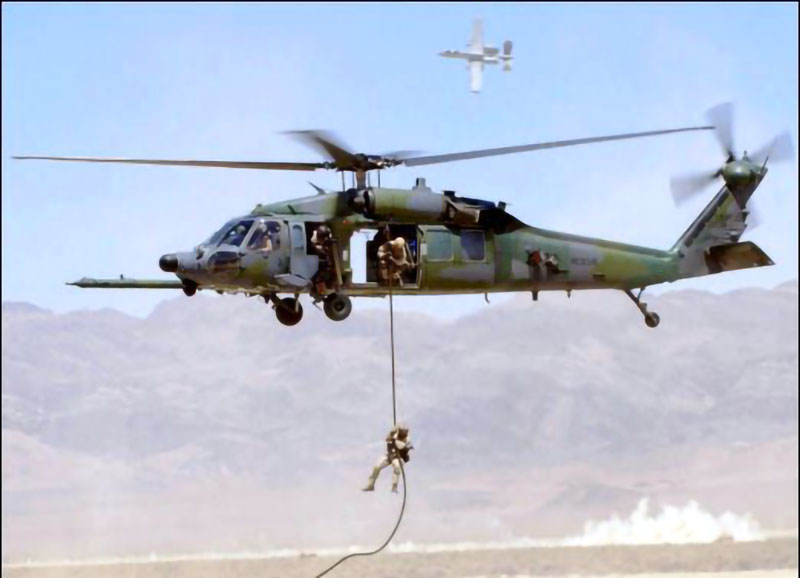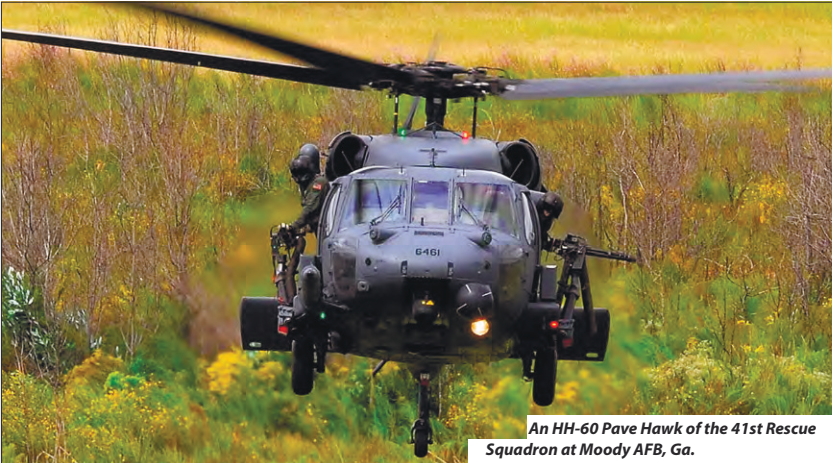Understanding the UH 60: Design, History, and Its Impact on Military Aviation
Understanding the UH 60: Design, History, and Its Impact on Military Aviation
Blog Article
Checking Out the History and Advancement of the UH 60 Helicopter

Beginnings of the UH-60
The beginnings of the UH-60 helicopter can be traced back to the late 1960s, a period marked by the demand for a functional utility aircraft that could adapt to the advancing demands of modern-day war. The U.S. Military recognized the necessity for a replacement for the older UH-1 Iroquois, which was ending up being increasingly inadequate for the intricacies of modern fight scenarios. In 1967, the Army launched the Utility Tactical Transportation Aircraft System (UTTAS) program, which looked for to create a multi-role helicopter with the ability of numerous objectives, consisting of troop transportation, clinical discharge, and logistical support.
The layout competition attracted a number of aerospace producers, yet it was Sikorsky Aircraft Firm that ultimately secured the agreement in 1972. The UH-60 Black Hawk was introduced, showcasing innovative layout aspects and advanced technology that established it aside from its predecessors. Its initial flight occurred in 1974, and the airplane was formally embraced by the Army in 1979. The UH-60 swiftly obtained acknowledgment for its robust efficiency, dependability, and flexibility, leading the way for its extensive use in military operations and strengthening its standing as a keystone of united state Army aviation.
Trick Style Attributes
Ingenious design attributes of the UH-60 Black Hawk considerably add to its operational effectiveness. Among the most significant aspects is its twin-engine configuration, which boosts reliability and supplies a greater power-to-weight proportion, allowing the helicopter to perform under numerous conditions. The aircraft's four-blade primary blades system uses improved lift and ability to move, vital for tactical missions.

In addition, the cockpit is developed for optimal presence and comfort designs, including innovative avionics that improve pilot procedures. The modular style of the UH-60 enables simple upkeep and adaptability, making it appropriate for different objective profiles, from army transportation to medevac operations. These key design attributes make certain that the UH-60 Black Hawk stays a reliable and versatile possession in armed forces air travel, with the ability of satisfying the demands of contemporary war.
Technical Improvements
Current technological improvements in the UH-60 Black Hawk have actually substantially boosted its operational capacities and flexibility. The integration of innovative avionics, such as electronic flight control systems and enhanced situational awareness screens, permits pilots to operate with increased accuracy and efficiency. These systems promote improved navigation, communication, and information sharing, enabling the helicopter to operate efficiently in diverse atmospheres.
Additionally, the intro of composite materials has actually reduced the general weight of the airplane while keeping architectural integrity. This reduction boosts gas performance and extends operational variety. The unification of sophisticated rotor modern technology, consisting of making use of four-blade, fully verbalized blades systems, has improved lift efficiency and maneuverability, permitting much better handling in numerous flight conditions.

Moreover, innovations in propulsion systems, such as the T700-GE-701D engines, have actually boosted power output and dependability - uh 60. These engines contribute to superior performance in high-altitude and hot-weather problems
Lastly, the assimilation of self-defense systems and improved sensor plans enhances the Black Hawk's survivability and objective performance. Collectively, these technological renovations make sure that the UH-60 Black Hawk stays an important possession in modern-day aviation, qualified of adapting to the advancing needs of army and humanitarian objectives.
Function in Armed Force Procedures
As the backbone of U.S. Military aeronautics, the UH-60 helicopter plays a critical duty in different armed forces procedures, offering as a functional platform for battle assistance, transport, and medevac objectives - uh 60. Its style integrates the capability to run in diverse atmospheres, making it necessary for troop motion and logistical assistance in both traditional and unconventional warfare

In clinical evacuation circumstances, the UH-60 has proven important, dramatically decreasing the time to carry damaged soldiers from the combat zone Recommended Reading to clinical facilities. Its sophisticated avionics and night vision abilities better make certain goal success under difficult conditions. On the whole, the UH-60 helicopter stays an essential property, continuously adapting to meet the evolving demands of military procedures and improving the performance of united state pressures worldwide.
Future of the UH-60
Looking ahead, the future of the UH-60 helicopter includes substantial improvements in innovation and capacities made to improve its functional performance. As army operations advance, the UH-60 is expected to include cutting-edge innovations, including improved avionics, enhanced weapons systems, and progressed communication tools. These improvements will enable higher situational awareness and goal versatility, guaranteeing that the UH-60 remains an important asset on the battleground.
One significant growth is the integration of fly-by-wire systems, which will enhance trip control precision and minimize pilot workload. Efforts to update the airframe and engines aim to raise payload, array, and rate capability, thereby broadening the helicopter's functional range.
The future also holds pledge for increased interoperability with unmanned aerial systems (UAS), making it possible for worked with missions that leverage both manned and unmanned capacities. Additionally, the incorporation of expert system and artificial intelligence might optimize flight dynamics and upkeep processes, leading to minimized functional expenses.
Verdict
The UH-60 Black Hawk helicopter represents a significant achievement in armed forces air travel, progressing from the U.S. Army's first demands for a flexible energy aircraft. Its cutting-edge layout attributes and constant technological innovations have guaranteed its importance in different armed forces procedures over the decades. As the needs of modern-day warfare modification, Read Full Article the future of the UH-60 will likely involve additional improvements and adjustments, reinforcing its condition as an important asset for armed pressures worldwide.
The UH-60 Black Hawk helicopter represents a substantial milestone in armed forces aviation, emerging from the United state Military's pursuit for a more reliable and flexible utility aircraft in the late 20th century.The origins of the UH-60 helicopter can be traced back to the late 1960s, a duration marked by the demand for a versatile energy aircraft that can adjust to the advancing demands of modern war. Overall, the UH-60 helicopter continues to be a crucial possession, continually adjusting to fulfill the evolving needs of army procedures and enhancing the efficiency of United state pressures worldwide.
Looking in advance, the future of the UH-60 helicopter includes significant improvements in technology and capabilities created to enhance its operational effectiveness.The UH-60 Black Hawk helicopter stands for a significant success in army air travel, advancing from the United state Military's preliminary needs for a functional utility redirected here aircraft.
Report this page